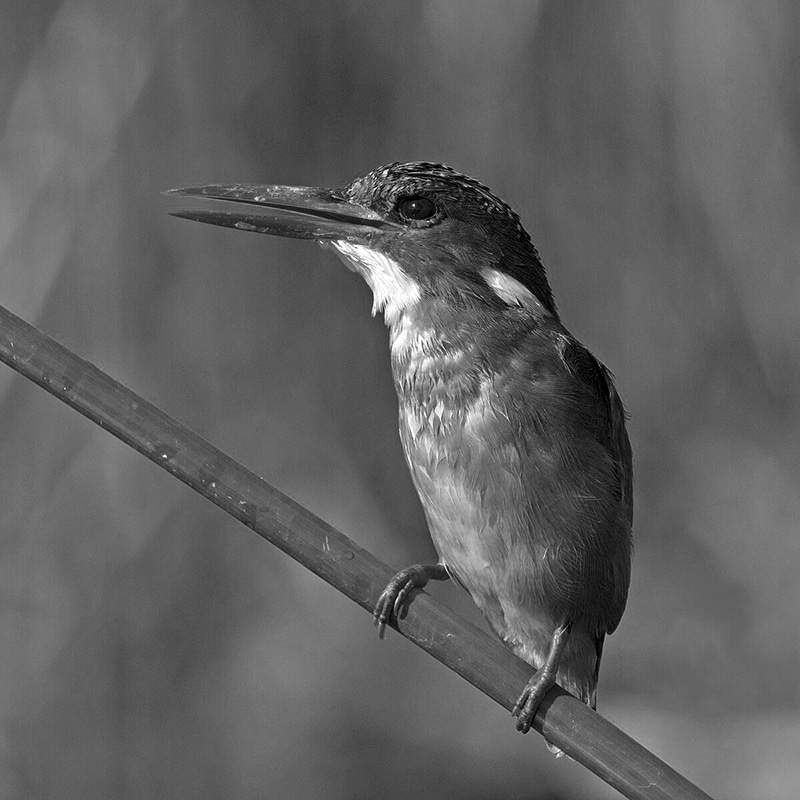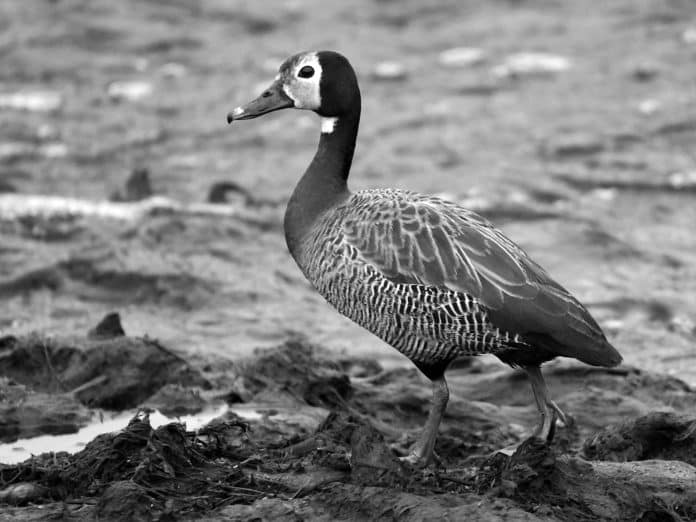Witness the Graceful Dance of the White-Faced Whistling-Duck in Tanzania’s Wetlands
The White faced Whistling Duck of Tanzania, scientifically known as Dendrocygna viduata, is a stunning bird species found in the wetlands of Tanzania. With its elegant white face and distinct whistling call, this duck is a sight to behold. In this article, we will explore the habitat, physical characteristics, behavior, and conservation efforts surrounding the White-faced Whistling-Duck in Tanzania.
Habitat and Distribution of the White-faced Whistling-Duck in Tanzania
The White-faced Whistling-Duck is commonly found in the wetlands of Tanzania, which provide the perfect environment for its survival. These wetlands consist of marshes, floodplains, and shallow lakes, offering an abundant supply of food and nesting sites. The duck’s distribution ranges throughout the country, with notable populations residing in the Serengeti, Ruaha, and Selous Game Reserves.
Physical Characteristics and Behavior of the White-faced Whistling-Duck
The White-faced Whistling-Duck is a medium-sized waterbird, measuring approximately 45-53 centimeters in length. Its most striking feature is the white face, contrasting against a black crown and hindneck. The body is predominantly chestnut-brown, with a dark back and tail. During flight, the wings showcase a vibrant patch of blue, making it a captivating sight.
These ducks are known for their social behavior and can often be seen in large flocks, numbering in the hundreds or even thousands. They communicate through a distinctive whistling call, which gives them their name. The White-faced Whistling-Duck is also an accomplished swimmer and diver, using its webbed feet to navigate the water with ease.
The Importance of Wetlands in Tanzania for the White-faced Whistling-Duck
Wetlands play a vital role in supporting the White-faced Whistling-Duck population in Tanzania. These ecosystems provide essential breeding grounds, food sources, and shelter for the ducks. The wetlands are rich in aquatic plants, insects, and small invertebrates, which form the primary diet of the White-faced Whistling-Duck. The availability of these resources ensures the continued survival and success of this beautiful species.
Threats and Conservation Efforts for the White-faced Whistling-Duck in Tanzania
Despite their importance, wetlands in Tanzania face numerous threats that impact the White-faced Whistling-Duck and other bird species. Habitat destruction, pollution, and climate change are among the major challenges. Human activities such as agriculture, urbanization, and hunting also contribute to the decline of wetland habitats.
To combat these threats, various conservation efforts are underway in Tanzania. Organizations like the Tanzania Wildlife Research Institute and local communities are working together to raise awareness, enforce regulations, and implement sustainable practices. These initiatives aim to protect and restore wetland habitats, ensuring the long-term survival of the White-faced Whistling-Duck.
Tips for Spotting and Photographing the White-faced Whistling-Duck in Tanzania
If you’re an avid birdwatcher or nature photographer, Tanzania’s wetlands offer an incredible opportunity to spot and capture the beauty of the White-faced Whistling-Duck. Here are a few tips to enhance your experience:
- Visit wetland areas during the early morning or late afternoon when the ducks are most active.
- Use binoculars or a telephoto lens to get a closer view of the ducks without disturbing them.
- Look for their preferred habitats, such as shallow lakes or marshes with abundant vegetation.
- Be patient and observant, as the ducks may be hidden among the reeds or swimming in the water.
- Respect the birds’ space and avoid disrupting their natural behavior.
Other Bird Species Found in Tanzania’s Wetlands

Tanzania’s wetlands are not only home to the White-faced Whistling-Duck but also host a diverse array of bird species. From the majestic African Fish Eagle to the vibrant Malachite Kingfisher, these wetlands are a haven for birdwatchers and ornithologists alike. Exploring these habitats will expose you to a spectacular range of avian wonders and create unforgettable memories.
Popular Wetland Areas in Tanzania for Bird Watching
Tanzania boasts several renowned wetland areas that attract birdwatching enthusiasts from around the world. Some of the top destinations include:
- Lake Manyara National Park: Famous for its tree-climbing lions, this park is also home to a variety of waterbirds, including the White-faced Whistling-Duck.
- Ngorongoro Crater: The world’s largest intact caldera is not only a wildlife hotspot but also an excellent place to spot waterbirds in its marshy areas.
- Selous Game Reserve: With its vast wetlands and diverse wildlife, this reserve offers unparalleled opportunities to observe the White-faced Whistling-Duck and other bird species.
Resources for Further Information on the White-faced Whistling-Duck in Tanzania
To delve deeper into the world of the White-faced Whistling-Duck in Tanzania, here are some recommended resources:
- Tanzania Wildlife Research Institute (TAWIRI) – Official website providing information on research and conservation efforts.
- BirdLife International – A global partnership of conservation organizations with information on bird species and their conservation status.
- Local birdwatching guides and tour operators – Connect with experts who can guide you to the best locations for spotting the White-faced Whistling-Duck in Tanzania.
Conclusion
The White-faced Whistling-Duck is a captivating species that graces Tanzania’s wetlands with its beauty and grace. By understanding its habitat, behavior, and the importance of wetlands, we can appreciate and protect these remarkable birds. Whether you’re a nature enthusiast, birdwatcher, or photographer, a journey to Tanzania’s wetlands promises an awe-inspiring experience, with the White-faced Whistling-Duck as a star attraction. Let’s embrace the opportunity to witness the dance of these elegant ducks and contribute to their conservation.
For more articles related to Wildlife in Tanzania (Animals), click here!


































